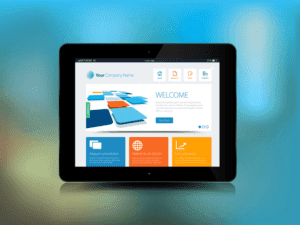
The balance sheet displays the company’s total assets and how the assets are financed, either through either debt or equity. As such, the balance sheet is divided into two sides (or sections). The left side of the balance sheet outlines all of a company’s assets. Understanding the correct order of assets for your balance sheet can help you accurately report the financial status of cash flow your business. These include stock and bond investments that can be readily traded on public exchanges.
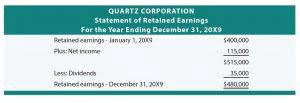
How to Properly Record Accrued Revenue for Your Business
CGAA will not be liable for any losses and/or damages incurred with the use of the information provided. Compare current account and saving account options to find the best fit for your financial needs, goals, and lifestyle. Discover the ins and outs of 401k account securities accounts, including pros and cons, to make informed investment decisions. At Financopedia, we’re committed to assisting small businesses and individuals with their finances and taxes.
- Generally…restrictions apply to net assets, not to specific assets.
- Checks are done regularly to make sure the balance sheet is correct.
- The liabilities section is broken out similarly to the assets section, with current liabilities and non-current liabilities reporting balances by account.
- AT&T, for example, reported long-term debts of $127,854,000, showing big financial duties for the future.
- Liquid assets ensure a company’s ability to meet its immediate financial obligations and operating expenses.
Interpreting the Asset Hierarchy
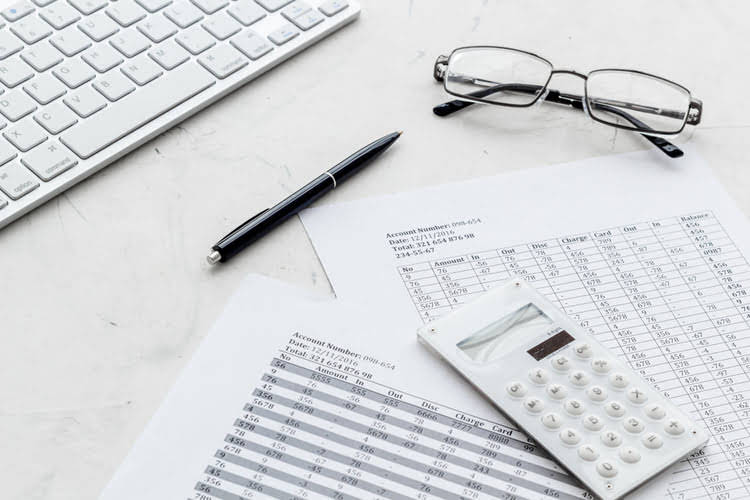
Balance sheets can be used with other important financial statements to conduct fundamental analysis or calculate financial ratios. Current assets are for short-term https://www.bookstime.com/ use, expected to be converted to cash within a year. These can include bonds that need to be repaid, taxes to be paid later, and loans for buildings. Managing these properly supports a company’s long-term financial strength and planning. AT&T, for example, reported long-term debts of $127,854,000, showing big financial duties for the future.
- Please note that the personal assets and liabilities of the business owner do not belong on the business’s balance sheet (see Business Entity Concept below under GAAP).
- This article breaks down cash vs. liquidity to explain the differences, show where each appears in financial statements, and how to use the right term in the right context.
- That assumption could be misleading if the company doesn’t have other assets that can be quickly converted into cash to cover operations and debt expenses.
- Their close connection in financial reporting and analysis contributes to the confusion, even by some experienced professionals.
- An asset is said to be having a higher degree of permanence when an asset is staying longer with the organisation.
- In this example, Apple’s total assets of $323.8 billion is segregated towards the top of the report.
What is the order of liquidity in accounting?
Creditors are typically more willing to lend money to companies that have more liquid assets because they are less risky. It is a list of a company’s assets showing how quickly they can convert those assets to cash. The order of liquidity is important because it gives investors an idea of how easy it will be for a company to have cash generation capability in order to meet its financial obligations through financial reports. Meanwhile, the equity section of the balance sheet represents the owners’ claims against the assets of the business.
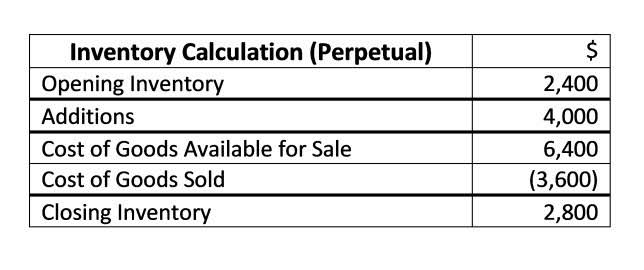
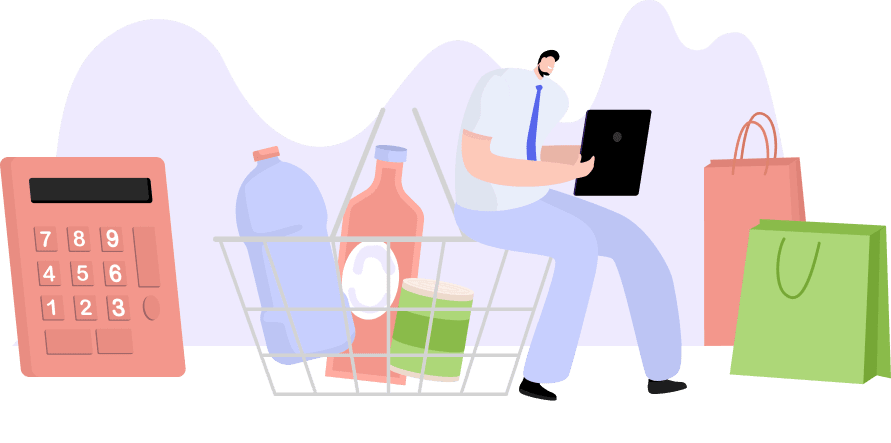
A liability is any money that a company owes to outside parties, from bills it has to pay to suppliers to interest on bonds issued to creditors to rent, utilities, and salaries. Current liabilities are due within one year and are listed in order of their what is the order of liquidity on a balance sheet due date. Long-term liabilities, on the other hand, are due at any point after one year.


Leave a Reply